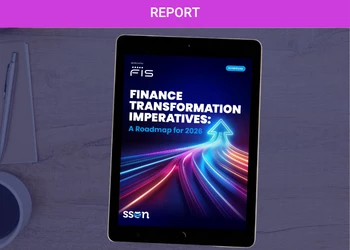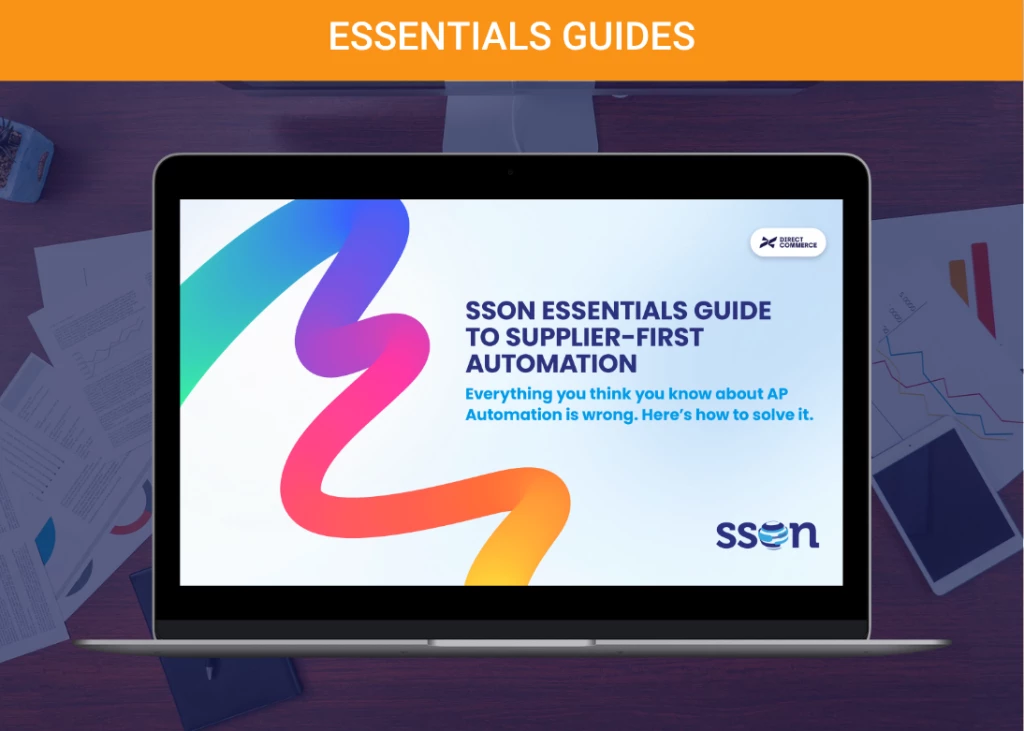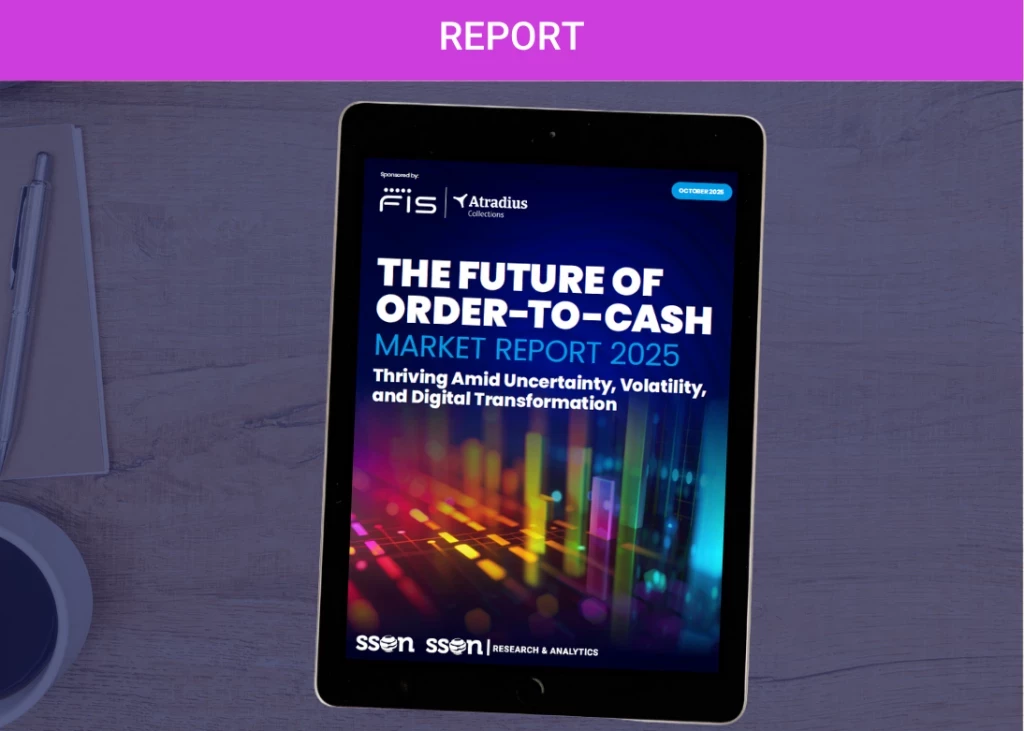Top 10 Tips for an Optimal Order-to-Cash Process
Add bookmark
MONEY.
It’s the lifeblood of the business, the fuel for the corporate machine. And it’s the job of Order-to-Cash to secure it and pipe it in, as smoothly and efficiently as possible.
Choke up here and you’re depriving your organization of critical energy at the worst possible time; get all channels running fluently and without obstruction, however, and you’ll be driving the business forwards on injections of high-octane cash.
We know that you are always on the lookout for Order-to-Cash wins, so we asked network members to share their thoughts on the best ways to drive optimized processes. We have summarized our top tips below...
Tip#1. Know the customer
It’s easy to get carried away with process efficiencies and technology-enabled savings – but at the end of the day, you need to keep sight of the most important element in the Order-to-Cash chain: the customer. Maintaining optimal relationships requires solid and reliable information on what, exactly, each customer is worth to the business – and how much they cost. Regularly updated and analyzed, this data will help keep your O2C function focused on what really counts.
"Do not start with orders, but customers," says O2C expert Sachi Fujii-Bautista: "Your finance SSC may not have good oversight of customers while dealing with tons of papers (issuing invoices and credit/debit notes) but it is critical to have a sense of the value of each customer – not just in view of annual gross sales, but overall profiles (profitability, number of complaints/disputes, returns, your firm's overall account strategy, etc.). Ionce came across an SSC that was dealing with a well-known retailer. The SSC agents' perception was that the retailer was a top customer based on sales volume. After a customer profile analysis, it turned out that it was not actually a profitable customer due to lots of returns and complaints. The total cost of dealing with the customer was much higher than expected.
Tip#2. It’s a risky business (so know how risky)
Keeping up to speed with your customers also helps when it comes to looking at risk. In economically straitened times a true understanding of risk and exposure is indispensable and must be founded within the order-to-cash process. Learning to identify – and taking steps to mitigate against – growing risk at the customer level is where O2C practitioners can really show their worth to the organization. This doesn’t have to involve a full health-check every week, but a closer look on a more regular basis would be a start…
"Managing credit risk has become more important than ever," says Brian Shanahan, senior director at REL. "The credit insurers and ratings agencies have largely failed the business community and it is time to re-learn the basic skills of managing credit risk. Most companies have a lot of information in the form of customer interactions where they fail to recognize the signs of increasing customer risk."
Tip#3. Keep the sales team risk-aware…
The sales floor is the engine-room of the business – and as any mechanic will testify, it’s where a lot of things can go wrong. OK, so everyone knows times are tough and getting those deals in might be harder than before – but you’ve got to do what you can to make sure your sales team aren’t hamstringing the rest of the company when it comes toagreements they’re making with customers. Get sales managers to keep their teams in line on things such as payment terms: obviously the more homogenous these terms the easier it becomes to ensure a smooth O2C process (and vice versa…).
"It is essential that in these hard times that the sales force are not giving away payment terms in an uncontrolled manner," urges Brian Shanahan. "While there may be selective cases for extending terms, this is not the time for a wholesale giveaway."
Tip#4. …And make sure risk policies are adhered-to from the start
In a perfect process there are no corners to cut – and that applies to customers just as much as to your own organization. If the sales team is on the case from the beginning as far as risk is concerned, then every other element of the process should be as well. Have a single coherent risk plan and then ensure it’s applied as end-to-end as possible – and that means increasing the priority of credit-checking.
"Suppose your SSC has established company-wide credit policies and is dealing with credit evaluation in a consistent way," says Fujii-Bautista. "But having a policy does not mean it is compliant. How the policy is implemented and monitored is an issue. Your sales unit might have sold a big deal with a customer who has got unpaid invoices and its defined credit limit might already be over. Your process should allow for credit limits being checked against a number of things – such as latest credit-worthiness ratings from organizations like Dunn and Bradstreet, or internal evaluations on invoice payment performance etc – and dynamically setting of new limits without the need for manual interference. If appropriate, you should be able to stop the order."
Tip#5. Smooth out the collection process from the front
The sales team won’t like it, but the more responsibility for collection that can be front-loaded into the sales process, the better for the rest of the system – up to a point, of course. The more successfully your team can make it their business to follow up the cash their contracts are securing – with suitable incentives, of course – the fewer wrinkles that come down through the process.
"I meet good sales guys who told me ‘cash collection is part of my sale’," says Fujii-Bautista. "I also meet sales guys who do not care about cash collection as they can claim ‘sales’ for their performance. More companies have started setting up a KPI on cash collection/DSO for sales teams. It is important to set appropriate KPIs for all stakeholders who are involved in order-to-cash processes and develop an appropriate rule on who to contact for what profile of customers. The way you handle customers that cause blockages must be quite different to how you handle those that give you a seamless cashflow."
Tip#6. Diplomacy is at a premium
With markets still jittery, it’s easy to panic already-stressed debtors, and personal contact becomes more important. Remember things might be an awful lot worse at the other end of the phone and look for simple and non-provocative steps towards a mutually satisfactory conclusion.
"Ensure that the first collection call to the customer is proactive," recommends Shanahan. "Proactive calling helps to highlight disputes at an earlier point and can be the best aid for early signs of customer risk. It is worth reviewing the quality of outbound calls to customers. Many collectors will need training particularly on dealing with difficult customers."
The Order-to-Cash process is fraught with potential minefields. SSON, together with O2C automation experts OmPrompt are conducting what is probably the most detailed survey yet into the cost of process inefficiency within the OTC process, and its root causes.
Take the survey here – and we'll send you the results directly.
Tip#7. Get strict on dispute management
With the above in mind, sometimes there’s no avoiding a falling-out: some people, and some situations, are just too inflammable. If this occurs, make sure you don’t take any of the fire: no matter what the other side says or does, stick to a formalized and rigorously stress-tested dispute management process. As long as you’re playing it by the book it’s not your problem.
"This is quite a sensitive process within the order-to-cash process," Shanahan says. "Therefore, the rule for handling this process needs to be carefully defined and roles and responsibilities need to be established with an intention to regain and maintain good customer relationships for the future, not just for ‘now’. It is also critical to make this process as transparent as possible for customers as well as internal stakeholders. This is normally time-consuming and not pleasant. Identifying causes of typical disputes and preventing the process from reaching this stage would make sense!"
Tip#8. Get the dunning down pat
Whatever the state of communications between yourself and an errant customer, the I’s need to be dotted and the T’s crossed. Ensure you have a clear, compliant dunning procedure in place from the start and test the system regularly. Make sure your team, as well as your software, know precisely what should be done at each stage, and why.
"Make sure that promises to pay are recorded and followed up when not fulfilled," Shanahan says. "While most companies have an escalation process, it is important to do exactly what you promised. Otherwise the value of overdue debt will grow and grow. For those customers that are not called, there must be an effective and strict dunning cycle. If there is a sequence of letters it is worth considering reducing the number of letters or reducing the time lag between each step."
Tip#9. Remind the organization: it’s about you, too!
Running O2C from a shared services organization has its advantages but it isn’t a miracle cure-all – so make sure everyone knows that. While you understand that a great deal of work still needs to be done outside the SSO, the business at large might not be aware of its retained responsibilities, and it’s your responsibility to get that message out – because the process can’t be optimized without the necessary efforts outside your own domain.
"Typically most of the real issues in the Order-to-Cash process are caused in the upper-stream, not within SSC," says Fujii-Bautista. "Wrong terms being set with customers, wrong prices in sales agreements, customers' credit limit exceeded without any notice, goods actually returned (and customers complaining due to inappropriate chasing for payment for returned goods) … Tackling order-to-cash issues just within SSC would not dramatically improve the process performance. Having said that, just tightening the belt within SSC could make quite a difference, but having a collaborative approach with sales could create a miracle in the Order-to-Cash process! In most cases, revenue leakages were not truly recognized in the organizations in a broader sense as the Order-to-Cash initiative was dealt with by Finance communities."
[eventpdf]
Tip#10. Get the buy-in (from everybody)
Collaborative working is the future – both within the organization and without. Obviously it’s crucial to have senior sponsorship (always high on the wish-list) and to leverage it effectively, but getting true support from all stakeholders, not just the board, is increasingly important. Proper communication and, where appropriate, change management – approached from an end-to-end perspective – are an absolute must to get full engagement. And include your customers among your stakeholders; consultation about possible transformations, or even just general customer relationship management, can result in input which can itself help in the optimization process.
[Note: if you liked this article, please use the buttons on the left side of the screen to share it across your LinkedIn groups – and contribute to this discussion by posting your thoughts in the comment section, below. Thank you for being part of SSON's community - Barbara Hodge]





















